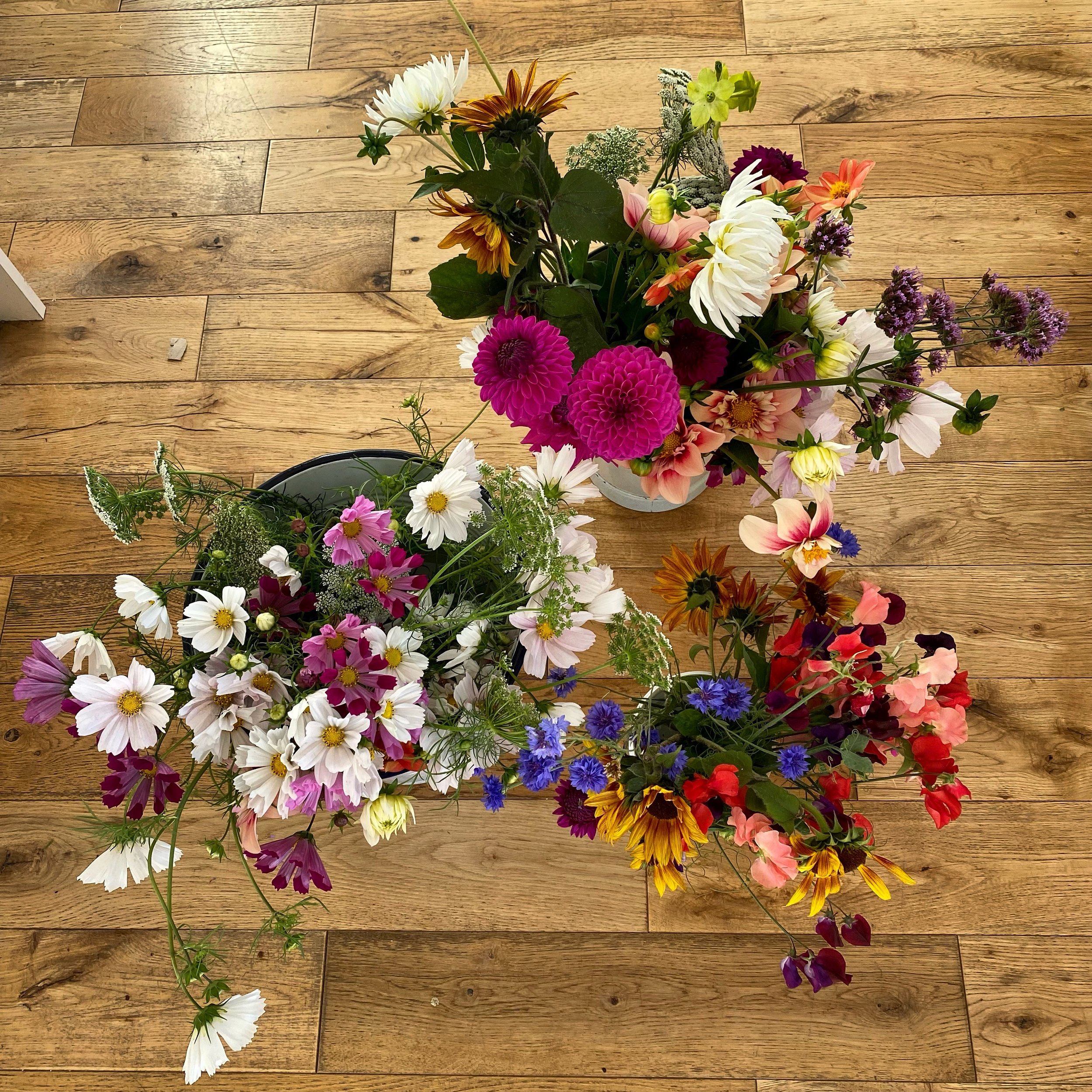Growing your own sustainable cut flowers
Sustainable cut flowers
The global cut flower market is a significant contributor to environmental degradation, from energy usage to pollution and water waste. Traditional flower farms often rely heavily on fossil fuels for irrigation, heating, and cooling and use large amounts of water. It also has a large carbon footprint, as flowers are often grown in far-off locations and transported long distances to reach consumers.
However, there is an alternative to buying cut flowers from the global market: growing your own.
By growing your own cut flowers, you can reduce your environmental impact and increase your connection to nature. Not only will you be able to enjoy the beauty of fresh flowers in your home, but you will also be able to do so in a sustainable way.
Growing your own cut flowers also allows you to increase biodiversity in your garden. By selecting a diverse array of flowers, you can attract a variety of pollinators and other beneficial insects to your garden. This can help to promote a healthy ecosystem and increase the overall health of your garden.
In addition to these sustainability considerations, growing your own cut flowers can also be a joyous and rewarding experience. You can select and grow the flowers that you love, and choose varieties that have a long vase life. By aiming for succession across the seasons, you can enjoy a continuous supply of fresh flowers, while also using evergreen foliage and attractive bare stems in winter.
Most cut flowers are annuals, plants that grow, flower and die in one year. I love growing annuals as they bring a burst of colour and a wide variety of flower forms and structure. However they are also time and resource heavy. You can supplement your annual florals with flowers from perennials, wildflowers, bulbs and shrubs for an even more sustainable bunch of flowers.
My top 5 annual cut flowers and top 5 perennials as cut flowers blog posts to follow.

